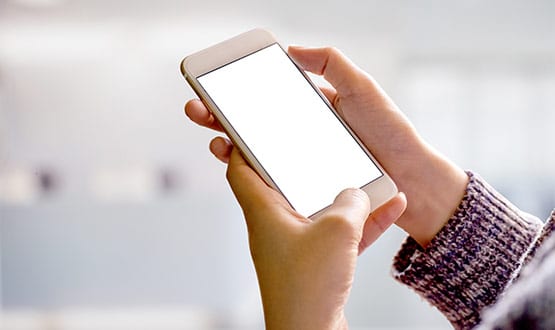Victoria Smith had got used to seeing only incremental progress in healthcare’s embrace of mobile devices. But with Covid she has seen a major change, and it’s one she hopes mobile device management firm Jamf can sustain and support.
In 2014, Victoria Smith supported the introduction of a new piece of technology at the large mental health and community trust at which she worked. In truth, the technology itself wasn’t new. Apple’s iPad, and indeed other tablet computers, had been around for a few years at that point.
But Smith – then working as an IT procurement manager – well remembers the enthusiasm for the more novel idea of consistently using such devices in a healthcare setting. “It was something exciting, all about mobile working and empowering our clinicians to engage more with their patients,” she remembers.
Even so, she feels the notion that greater use of digital via mobile devices could benefit healthcare was slow to advance. And then Covid happened.
“In the last 12 months, the acceleration and progress has been the same as what I experienced over seven years,” reports Smith.
“All of those barriers for procurement processes were broken down during [the first wave of] Covid. I hadn’t seen that in my 13 years as a procurement manager. I’d never before been instructed to just do what I needed to do.”
While that degree of mindset shift seems unlikely to persist through into non-peaks of the pandemic, Smith is confident that the tipping point for everyday use of mobile tech in healthcare has now been reached. She believes the pandemic has acted as the ultimate proof of concept for use of mobile devices – notably in clinical communication, telehealth, and as a tool to improve patient experience while in hospital.
“People might not want to go back to ‘the normal’ after this, and so I think there will be a variety of changes that are sustained. I think the clinical mobility supported by these devices will definitely stay. And seeing patients virtually, and remote monitoring, will definitely be high up on people’s agendas.
“People still crave that interaction face-to-face but there is definitely a place for mobile technology,” she argues. “I think remote monitoring especially will be a big player for the next 12 months and further on, obviously, because people want to be in control of their own care.”
The continuing advance of mobile technology in healthcare is one Smith hopes to support in a role new enough that – due to the pandemic – she still hasn’t met her colleagues in person.
Last June, she joined mobile device management firm Jamf as their healthcare lead for Europe. It was not an entirely new relationship. She’d worked with the firm while within the NHS, introduced to them initially thanks to two specific apps provided by the company.
“I was running the team that managed the mobile devices for the whole trust estate. It consisted of two full time employees and one half time, but the management of the devices was suboptimal.
“I met Jamf who introduced me to Reset and Setup, two very simple apps that mean one device can be passed from one clinician to another without the laborious task of signing in, signing out, not being able to access what you wanted.
“That transformed the way that we worked in a lot of places. Most importantly it meant we could provide a robust service, with the technology doing its job and so reducing the manual involvement required from staff. The efficiency savings were such that we could invest in another Band 5 nurse. And that wasn’t just about return on investment, but actually about what it meant for the clinicians on the ground.”
The firm now offers a number of solutions specifically targeted to use in healthcare alongside its standard remote management and setup apps. One ensures any mobile device at the bedside is automatically reset and ‘digitally sterilised’ when a patient is discharged. “It listens in to the electronic patient record to know when to reset, with no intervention needed from anybody,” explains Smith.
And in the first few months of the pandemic, the firm developed a ‘Virtual Visit’ solution to make it easier for patients to connect with their families when visiting and social mixing is limited. The solution enables instant deployment of conferencing platforms to Apple devices, with no need for a username and password – or any need for clinicians to other staff to touch the device.
For Smith, the task that now lies ahead for the NHS is to truly capitalise on the recent advances made in mobile device usage. She suggests CIOs and CCIOs might valuably consider which aspects of the technological response to Covid need to remain and how they might further evolve in the coming months and years.
“You may have initially come up with the idea of giving staff an iPad so that they can go out and see patients and break down the barriers that traditional laptops would have put in place between a clinician and a patient. But if you give a clinician an iPad or an iPhone they can [also] look at their shifts, they are able to monitor their patients, their patients are able to contact them. It’s about thinking about the endless possibilities.
“Within the NHS you can’t always wish for things because there are always constraints that stop those things from happening,” she concludes. “But now those constraints have been lifted slightly, it’s about ensuring we grasp this opportunity with both hands.”
Website: www.jamf.com
Twitter: @JamfSoftware
LinkedIn: jamf-software
Contact: Victoria Smith, healthcare lead for Europe
E-Mail: victoria.smith@jamf.com

